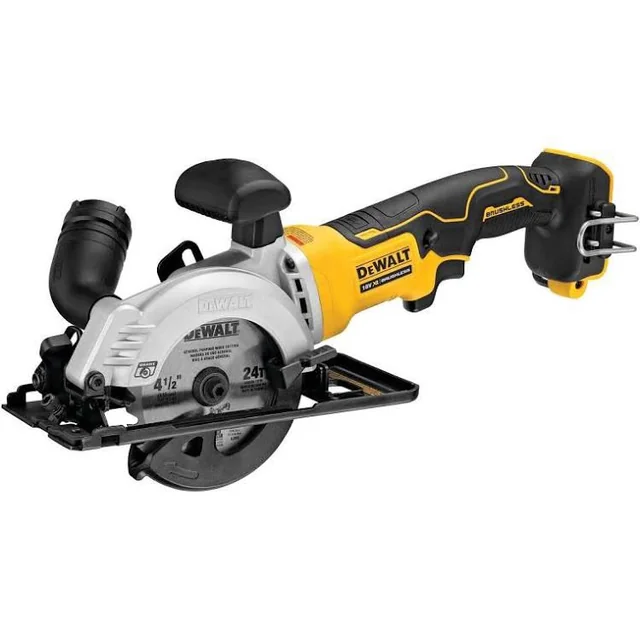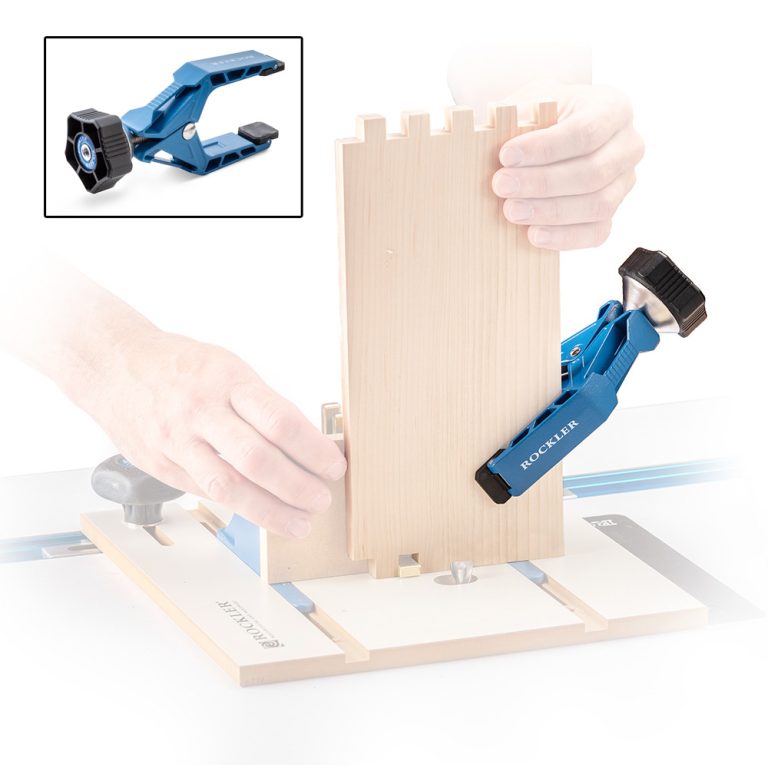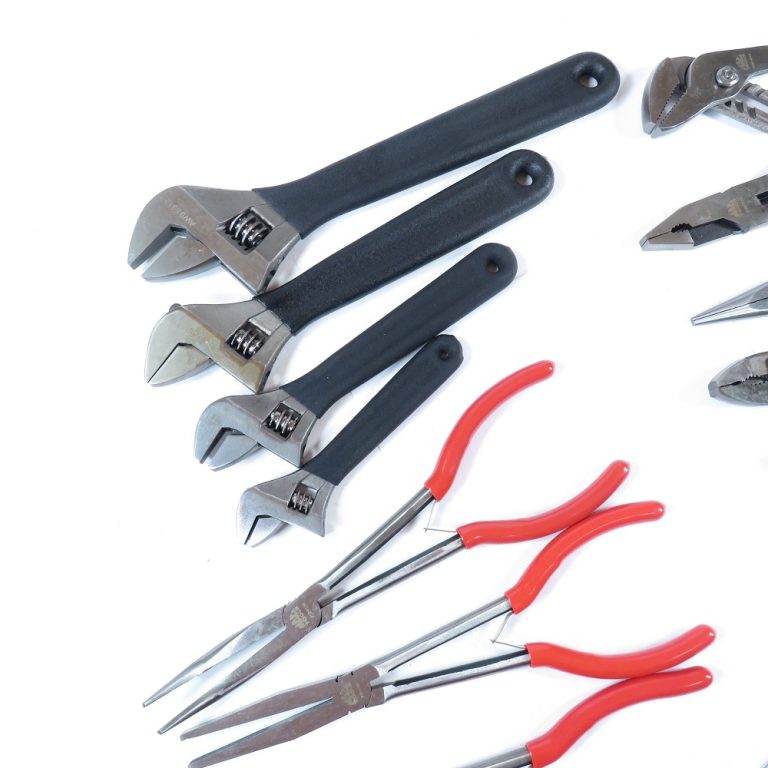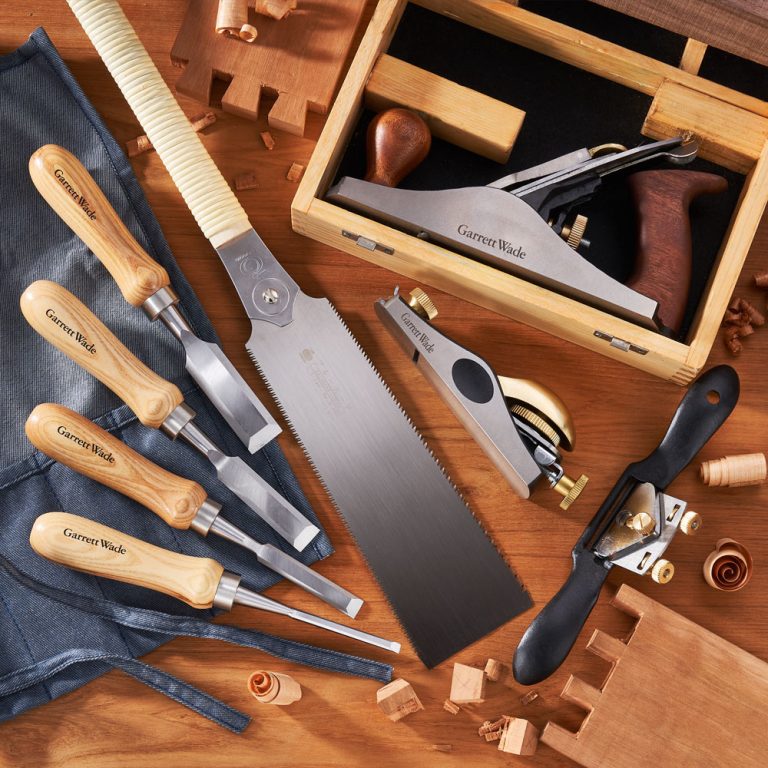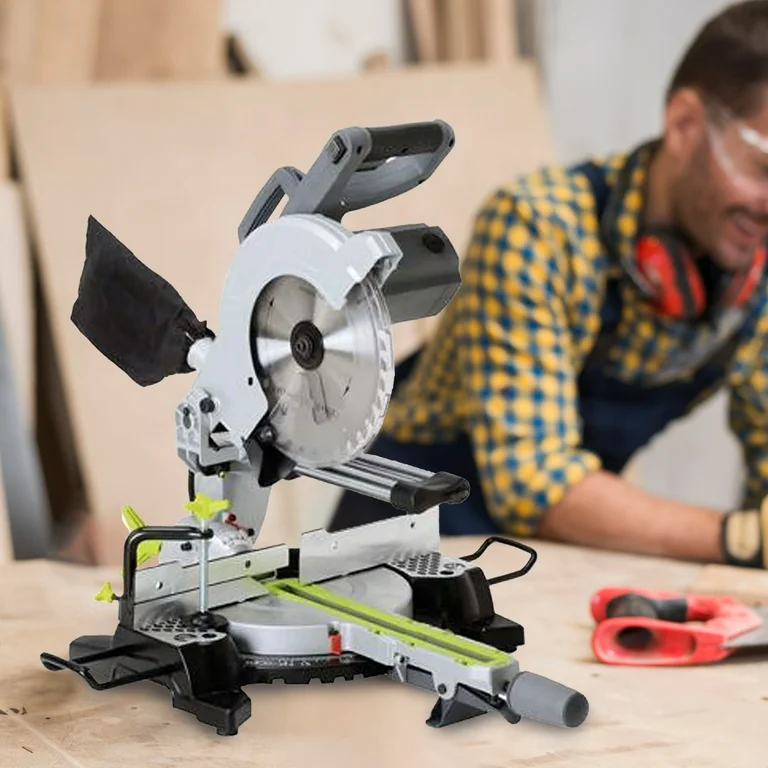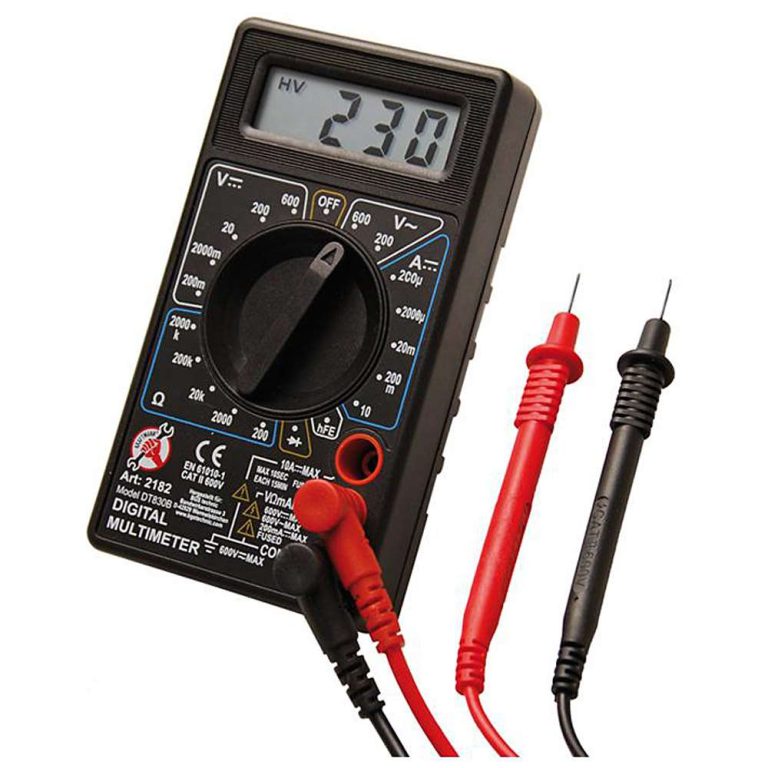The Versatility of Small Saw in DIY and Professional Work
Small saws play a crucial role in both DIY projects and professional woodworking. These compact cutting tools offer precision and control in tight spaces where larger saws cannot operate effectively. From intricate crafts to detailed carpentry, small saws prove indispensable for a wide range of applications. Their portability allows users to carry them easily to job sites or move around workshops without hassle. Moreover, small saws come in various types, each designed for specific cutting tasks.
Hand-powered options provide quiet operation and greater control, while powered small saw offer speed and efficiency for larger projects. The versatility of these tools extends beyond woodworking, finding use in metalwork, plastic cutting, and even some gardening tasks. As technology advances, small saw continue to evolve, incorporating new materials and designs to enhance their performance and durability. Whether for hobbyists working on delicate models or professionals tackling complex joinery, small saw remain essential tools in any well-equipped workshop. Their ability to make precise cuts in confined spaces makes them invaluable for tasks that require attention to detail and a steady hand.

Types of Small Saws: A Comprehensive Overview
Small saws come in a variety of types, each tailored for specific cutting needs. Coping saws, with their thin, flexible blades, excel at cutting intricate curves and patterns in wood. These saws feature a U-shaped frame that holds the blade in tension, allowing for maneuverability in tight spaces. Hacksaws, primarily used for cutting metal, have a fine-toothed blade stretched between a C-shaped frame. They prove invaluable for plumbing and metalworking tasks. Japanese pull saws, known for their exceptionally thin blades and precise cuts, work on the pull stroke rather than the push stroke typical of Western saws.
This design allows for smoother, more controlled cutting, especially in softwoods. Keyhole saws, also called drywall saws, feature a long, tapered blade ideal for making holes and cuts in drywall or other sheet materials. Fret saws, similar to coping saws but with a deeper frame, allow for even more intricate curve cutting in thin materials. Dovetail saws, with their fine teeth and rigid back, provide the precision needed for cutting joinery in furniture making. Lastly, mini hacksaws offer a smaller version of the standard hacksaw, perfect for cutting in confined spaces or on smaller workpieces. Each of these small saw types serves a unique purpose, enabling craftsmen to tackle a wide array of cutting tasks with precision and efficiency.
The Anatomy of Small Saw: Understanding Key Components
Understanding the anatomy of small saws helps users select the right tool and use it effectively. The blade, the primary cutting component, varies in length, width, and tooth configuration depending on the saw type and intended use. Teeth per inch (TPI) determine the fineness of the cut, with higher TPI producing smoother cuts but slower cutting speeds. The handle, crucial for control and comfort, comes in various materials including wood, plastic, and rubber. Ergonomically designed handles reduce fatigue during prolonged use.
In frame saws like coping saws and hacksaws, the frame provides tension to the blade, influencing the saw’s overall rigidity and cutting performance. Some small saws feature a spine or back, a rigid strip along the top of the blade that adds stability and prevents the blade from bending during use. This feature is common in back saws like dovetail saws. The toe and heel refer to the front and back of the blade respectively, with some saws designed for specific cutting techniques at these points. For powered small saws, additional components include motors, battery packs for cordless models, and safety features like blade guards. Understanding these components allows users to make informed decisions when choosing and maintaining their small saws, ensuring optimal performance and longevity of the tools.

Choosing the Right Small Saw for Your Project
Selecting the appropriate small saw for a project significantly impacts the quality of work and efficiency. Consider the material to be cut as a primary factor. For wood, coping saws or Japanese pull saws work well for intricate cuts, while dovetail saws excel in joinery work. Metal cutting typically requires a hacksaw or jeweler’s saw. The size and intricacy of the cut also influence the choice. Fret saws handle very delicate work, while keyhole saws are better for rougher cuts in drywall. The user’s skill level plays a role too. Beginners might find Japanese pull saws easier to control, while experienced woodworkers might prefer the precision of a Western-style backsaw.
Consider the frequency of use when deciding between hand-powered and electric small saws. For occasional use, hand saws offer simplicity and lower cost. However, for regular or professional use, powered options can save time and reduce fatigue. Blade replaceability is another factor to consider. Some saws allow for easy blade changes, extending the tool’s versatility and lifespan. Additionally, consider the saw’s ergonomics, especially for projects requiring extended use. A comfortable handle and good balance can significantly reduce user fatigue. By carefully evaluating these factors, users can choose the small saw that best fits their project needs, skill level, and working style.
Techniques for Effective Use of Small Saw
Mastering the proper techniques for using small saws enhances cutting accuracy and efficiency. For hand-powered saws, maintaining a proper grip is crucial. Hold the saw handle firmly but not too tightly, allowing for smooth, controlled movements. The non-dominant hand should guide the saw blade, especially at the beginning of the cut. Starting a cut requires special attention. Create a small notch with a knife or the saw itself to guide the blade and prevent slipping. When using Western-style saws, push strokes should be light and even, letting the saw’s weight and teeth do the work.
For Japanese pull saws, apply pressure only on the pull stroke, keeping the push stroke light to prevent blade bending. Maintaining the correct angle is vital for clean cuts. Most small saws work best at a 45-degree angle to the material, though this can vary depending on the specific saw and task. For curve cutting with coping or fret saws, turn the blade to follow the line, using gentle pressure to guide it around corners.
When using powered small saws, let the tool do the work without forcing it through the material. This prevents blade overheating and ensures a cleaner cut. Always secure the workpiece properly to prevent movement during cutting. For precision work, marking cut lines clearly and using guide blocks or fences can significantly improve accuracy. Regular practice with these techniques will lead to improved skill and better results in various cutting tasks.

Maintenance and Care for Long-lasting Small Saw
Proper maintenance extends the life and performance of small saw. Regular cleaning is essential to prevent rust and ensure smooth operation. After each use, wipe the blade clean with a dry cloth to remove dust and debris. For saws used on resinous woods, a solvent like mineral spirits can remove built-up residue. Rust prevention is crucial, especially for carbon steel blades. Apply a light coat of oil or rust inhibitor to the blade after cleaning.
Store saws in a dry environment, preferably hanging or in a tool roll to protect the teeth. For folding saws, ensure the blade is clean and dry before folding to prevent corrosion in the joint. Sharpening maintains cutting efficiency. While many small saw blades are disposable, some, like Japanese pull saws and certain Western-style saws, can be resharpened. Use a proper saw file matching the tooth size and angle. Powered small saws require additional maintenance. Regularly check and tighten any loose screws or bolts.
For electric models, ensure the power cord is undamaged and the motor vents are clear of dust. Lubricate moving parts according to the manufacturer’s instructions. Replace blades when they become dull or damaged to maintain cutting quality and safety. Proper blade tension is critical for frame saws like coping saws and hacksaws. Adjust the tension to ensure the blade is taut but not overstressed. By following these maintenance practices, users can ensure their small saws remain sharp, efficient, and safe for years of reliable service.
Safety Considerations When Using Small Saw
Safety should always be a top priority when working with small saw. Wear appropriate personal protective equipment (PPE), including safety glasses to protect eyes from sawdust and debris. For powered saws, hearing protection is also advisable. Work gloves can provide additional protection, but ensure they don’t compromise your grip on the saw. Always secure the workpiece firmly before cutting to prevent unexpected movement. Use clamps or a vise to hold small pieces, keeping hands away from the cutting area.
Maintain a stable stance and good balance while sawing to ensure control over the tool. For hand saws, be mindful of the blade’s direction and keep fingers clear of the cutting path. With powered saws, never remove guards or safety features. Allow the blade to stop completely before setting the saw down. Be cautious of blade binds, which can cause kickback in powered saws or sudden releases in hand saws. If a blade binds, release the power immediately for electric saws or carefully back out hand saws. Keep work areas well-lit to clearly see cutting lines and potential hazards.
For battery-powered saws, remove the battery when changing blades or performing maintenance. Regularly inspect saws for any damage or wear that could compromise safety. Replace damaged tools or parts immediately. When transporting small saws, use blade guards or sheaths to protect both the blade and yourself. By adhering to these safety practices, users can minimize the risk of accidents and injuries while working with small saws.
Innovative Small Saw Designs and Technologies
The world of small saw continues to evolve with innovative designs and new technologies. Manufacturers are developing blades with advanced tooth geometries and materials, improving cutting efficiency and longevity. Some new blades feature nano-carbide teeth, offering exceptional sharpness and wear resistance. In the realm of powered small saws, brushless motors are becoming more common, providing increased power and longer battery life in cordless models.
Ergonomics sees continuous improvement, with handles designed to reduce vibration and provide better grip in various working positions. Some manufacturers are introducing modular systems where a single handle can accept different blade types, increasing versatility while reducing tool clutter. Smart technology is also making its way into small saws. Some models now include built-in LED lights to illuminate the cutting area, improving accuracy in low-light conditions. Advanced powered saws may feature speed controls and cutting presets for different materials.
In the realm of safety, new blade brake technologies can stop blades almost instantly when a potential hazard is detected. Dust collection systems are being integrated into more small saw designs, promoting cleaner and healthier work environments. As sustainability becomes a greater focus, some manufacturers are exploring eco-friendly materials for handles and packaging. These innovations not only enhance the performance of small saws but also improve user experience and safety, making these versatile tools even more indispensable in workshops and on job sites.

Small Saw in Professional Settings: Applications and Advantages
In professional settings, small saw prove invaluable across various industries. Carpenters and cabinet makers rely on dovetail saw and coping saw for precise joinery and trim work. The ability to make clean, accurate cuts in tight spaces allows for high-quality finishes in furniture and built-in cabinetry. Plumbers and electricians often use mini hacksaws to cut pipes and conduits in confined areas where larger saws can’t reach. In the automotive industry, small saw assist in custom fabrication and repair work, cutting everything from metal sheets to plastic components. Luthiers and musical instrument makers depend on the precision of fret saw and Japanese pull saws to craft intricate parts for guitars and other stringed instruments.
Model makers and prototype designers use a variety of small saw to create detailed scale models and product mockups. In the construction industry, keyhole saw and powered jigsaws enable electricians and drywall installers to make precise cutouts for outlets and fixtures. Jewelers employ tiny, specialized saws for delicate metalwork and stone setting. The compact size of these saw allows professionals to carry a versatile cutting tool set to various job sites without being encumbered by bulky equipment. Moreover, the precision offered by small saw often reduces the need for extensive finishing work, saving time and resources. As professional trades continue to value efficiency and detail, small saw remain essential tools, adapting to meet the evolving needs of various industries.
DIY Projects and Crafts: Unleashing Creativity with Small Saw
Small saw open up a world of possibilities for DIY enthusiasts and craft makers. These versatile tools enable hobbyists to tackle a wide range of projects with precision and creativity. In woodworking, small saw allow for the creation of intricate wooden toys, jewelry boxes, and decorative items. Coping saw excel in cutting out shapes for wooden puzzles and children’s room decorations. For home improvement projects, keyhole saw and mini hacksaws help in installing new electrical outlets or plumbing fixtures, giving DIYers the ability to make professional-looking modifications. Craft makers use fret saw to create delicate wooden or plastic components for miniature models and dollhouses.
In the realm of upcycling, small saw enable the repurposing of materials into new, creative forms, such as turning old furniture into unique storage solutions or wall art. For outdoor projects, folding saw prove useful in garden maintenance and small-scale landscaping tasks. DIY picture framing becomes accessible with the precise cutting capabilities of backsaw for mitered corners. Small powered saw like jigsaws open up possibilities for more ambitious projects like custom shelving or furniture making. The affordability and ease of use of many small saw make them ideal for beginners starting their DIY journey. As crafters and DIY enthusiasts continue to seek ways to personalize their spaces and create handmade gifts, small saw remain essential tools in bringing creative visions to life.
